
Unlike fixed blades, folders, slipjoints, Swiss army knives, and the most obscure variations of each, a particular type of knife can present a challenge when doing routine cleaning: the automatic knife.
Most often referred to as an automatic, auto, switchblade, or "out the front" (OTF), this type of knife isn't exactly welcome in some parts of the world - many jurisdictions have banned either owning or carrying these types of knives.
But, in an increasing number of locations, these knives are legal and are becoming more popular by the day. The fans of these specialty knives love them because they are ultra fast to deploy, easy to open with one hand, fun to handle and use, and ideal for for self defense.
These blades use an automatic mechanism for deployment which adds an element of complication to their operation and to how they should be maintained. Most importantly, unless something is seriously wrong with your automatic knife, or unless you are very familiar with automatic knife maintenance, you really don't need to disassemble your knife (if you damage your knife during disassembly, it may not be covered under warranty). Fortunately, in a few simple steps you can effectively maintain and clean your auto knife without even removing a fastener.
In most cases, a slow or sticky mechanism is caused by the intrusion of dust and debris into the moving parts of the knife. If your knife is used in harsh environments, and is not fully stainless, corrosion can build up internally, likewise causing parts to bind. Anytime your knife isn't performing at peak, a cleaning is warranted.
How to Clean an Automatic Knife
Step 1: Deploy

Start by opening your knife. Carefully, using a gentle cleaner like rubbing alcohol, clean the blade of the knife, removing any adhesive remnants, tape, sticky residue, or dirt. Cotton swabs are always helpful in removing dirt from near the knife's edge and from tight crevices. Once the blade is clean, you can move to cleaning out the internals.
Step 2: Air
Whether it's compressed air for keyboards, or an air compressor with a blower attachment, use high pressure air to spray debris out of the mechanism. The tiny straw attachment that comes with Dust-Off can be key to blowing junk out of tight spaces. Some folks may loosen the handle screws in order to allow a gap so air can flow through, without disassembly; this is an easy method to get rid of lint, particles, and other debris.
Once you believe some of the debris are blown out, cycle the action of the knife a few times to further break up anything else that might be hanging around. Then continue with another round or two of air pressure, making sure to also focus on the slider.
If you remain unsuccessful in getting debris out of the mechanism, you can, as a last resort, always send your knife back to the manufacturer for service using the instructions posted on their website. Popular automatic knife makers like Benchmade, Protech, and Microtech provide no-cost or low-cost maintenance and sharpening services to users per their instructions online.
Step 3: Lubrication

Our favorite part! We suggest our Original lube for automatic knives, where small moving parts need to operate at high speed. Apply a reasonable amount of Knife Pivot Lube, allowing it to soak into the knife's mechanism, cycle the action a few times, then add a few more drops. Shake away excess lube and remove any dirt that becomes visible with cotton swabs (remember that Knife Pivot Lube cleans your pivot as you use it so some dirty residue is to be expected).
Be sure also to add a small drop of lubricant to the slider/switch itself, as all action from this part of the mechanism is what ends up deploying the blade. This is also an area for major dirt ingress, and build-up.
Step 4: TLC

Treat the blade right! Not that it's already obvious, keeping moisture and corrosives away from the knife will lessen the probability of a mechanism rusting/sticking, or even worse, parts failing due to corrosion. A high quality lubricant not only makes your knife operate smoothly, it also repels moisture, prevents corrosion, and keeps metal parts from galling or wearing prematurely.

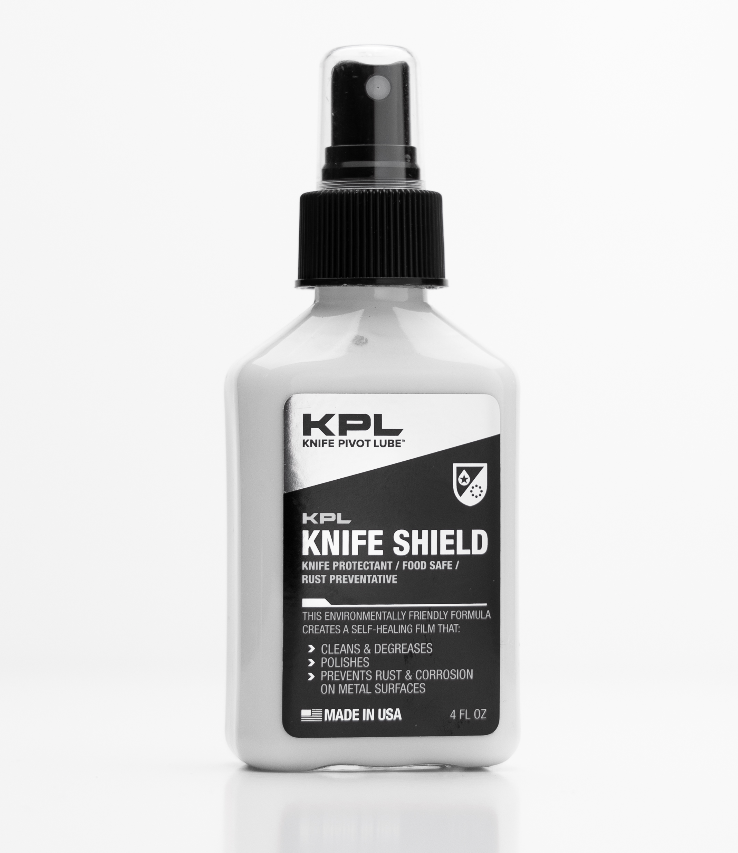
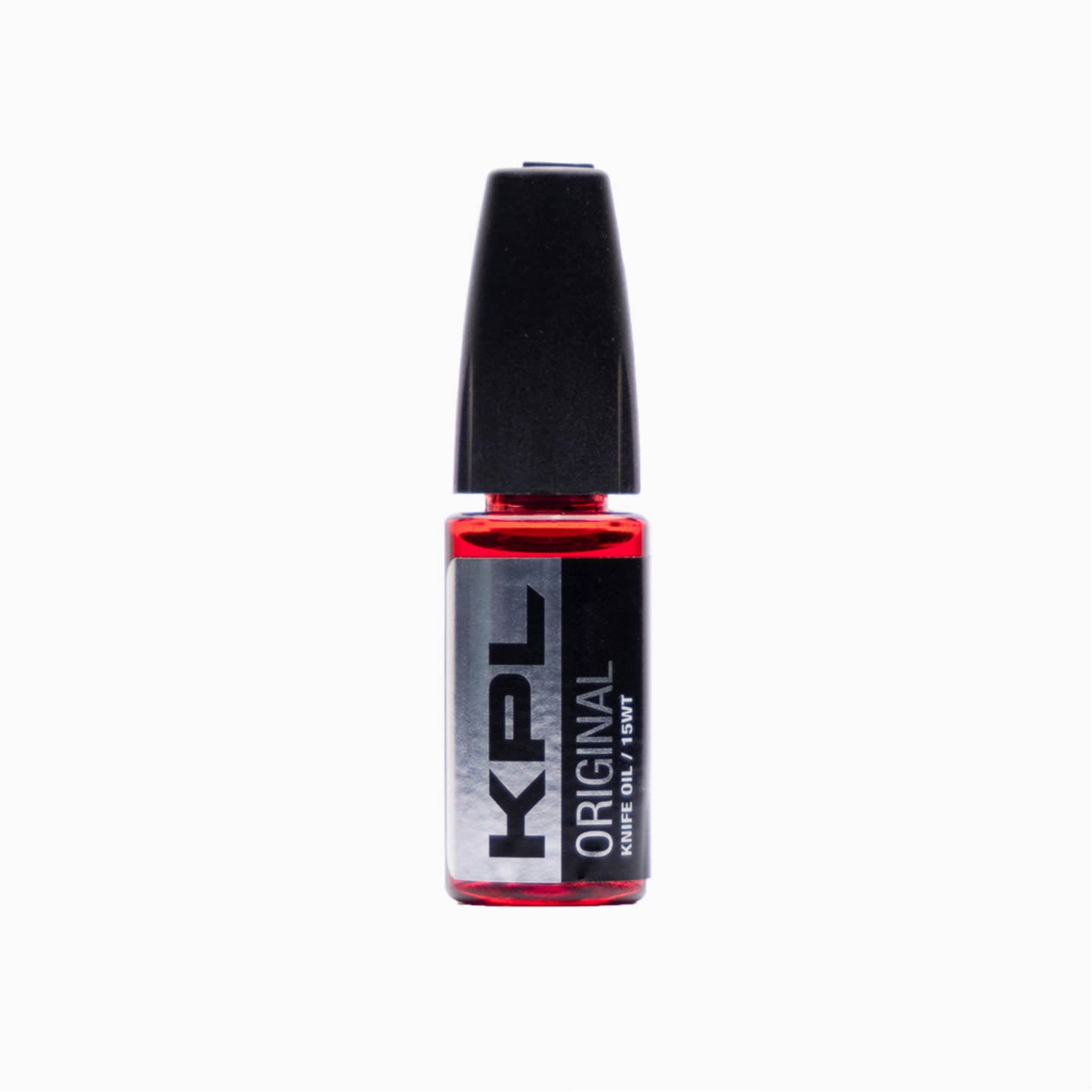

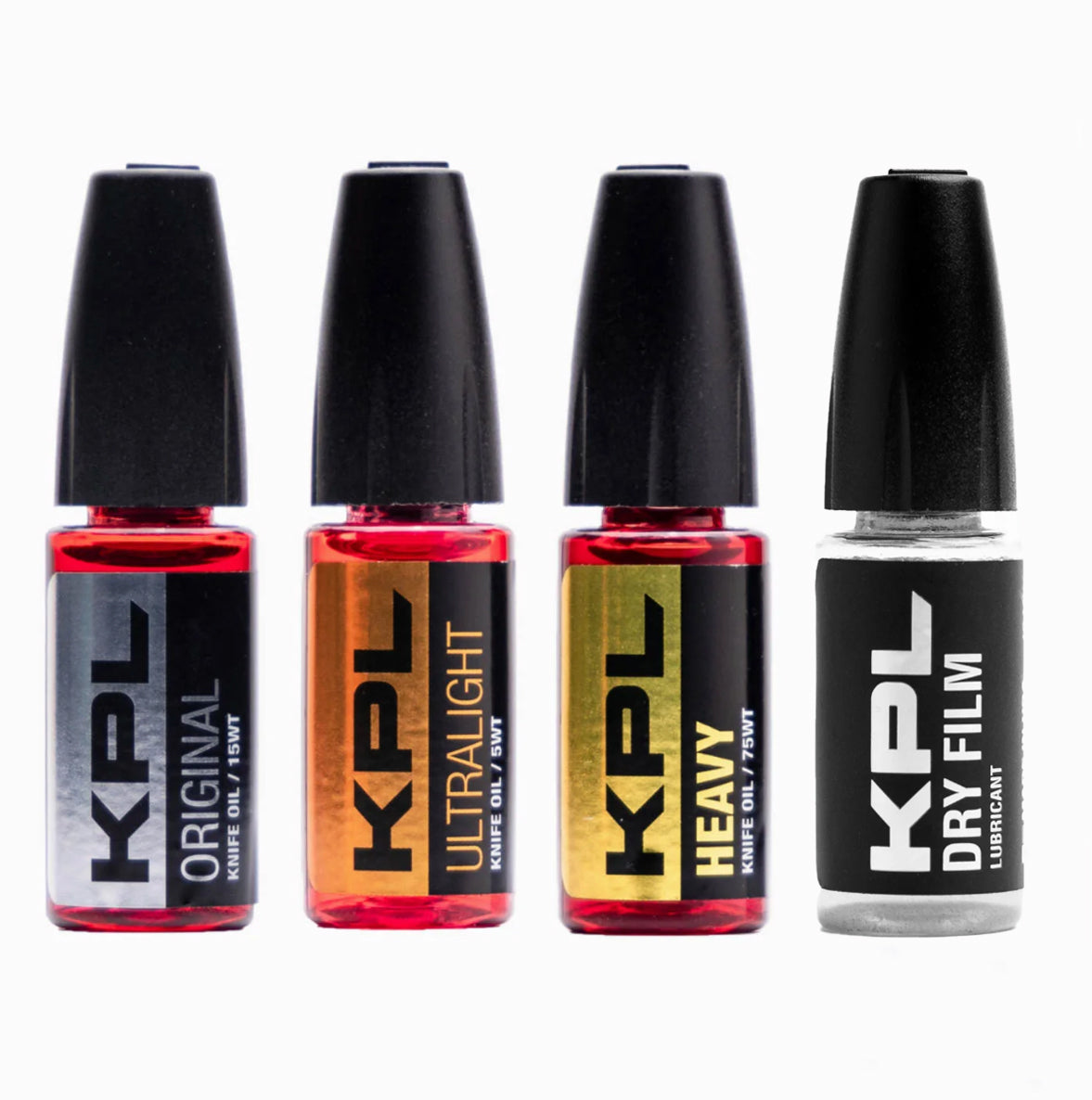
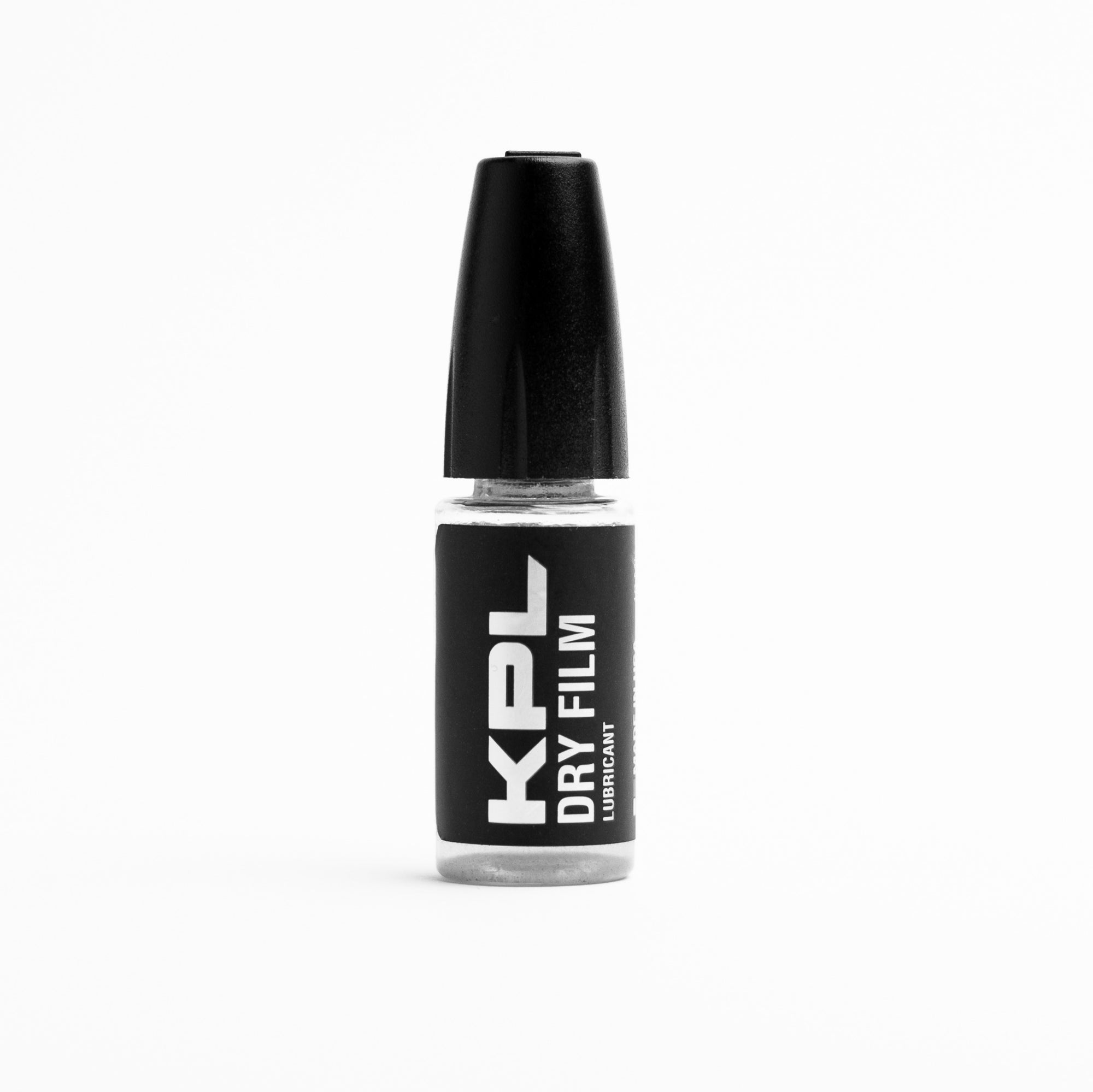
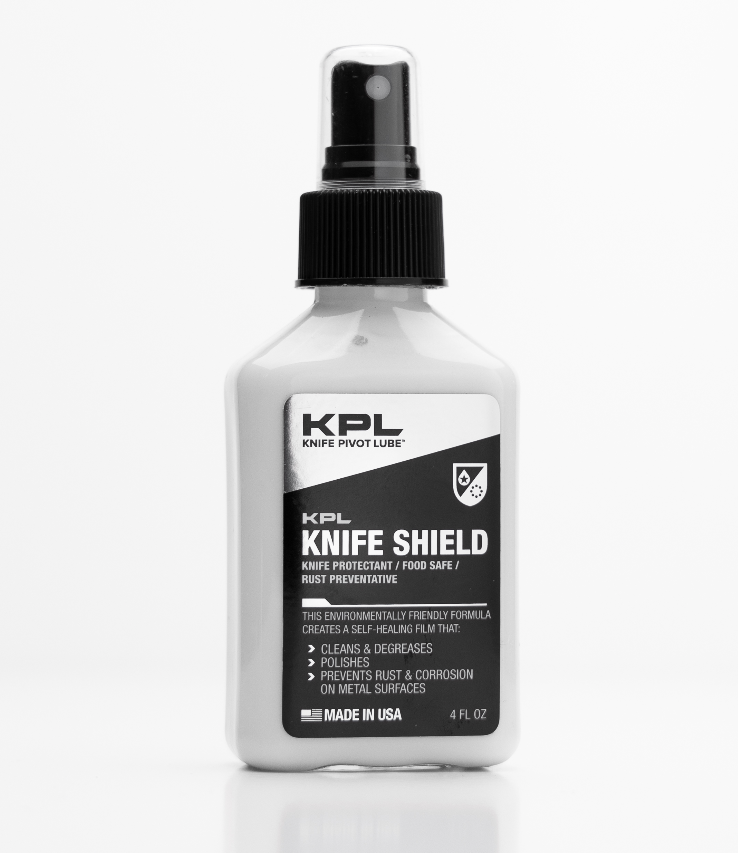
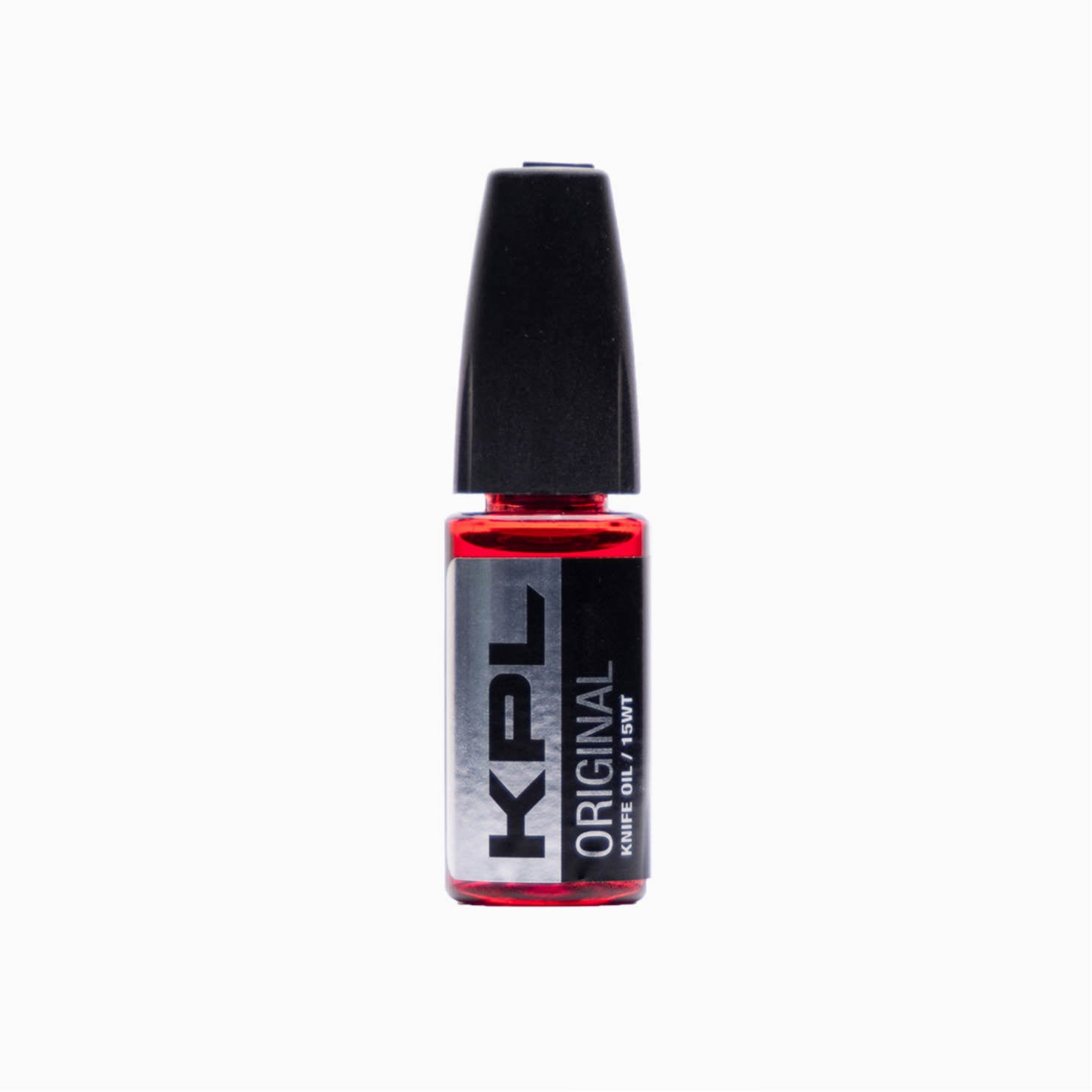
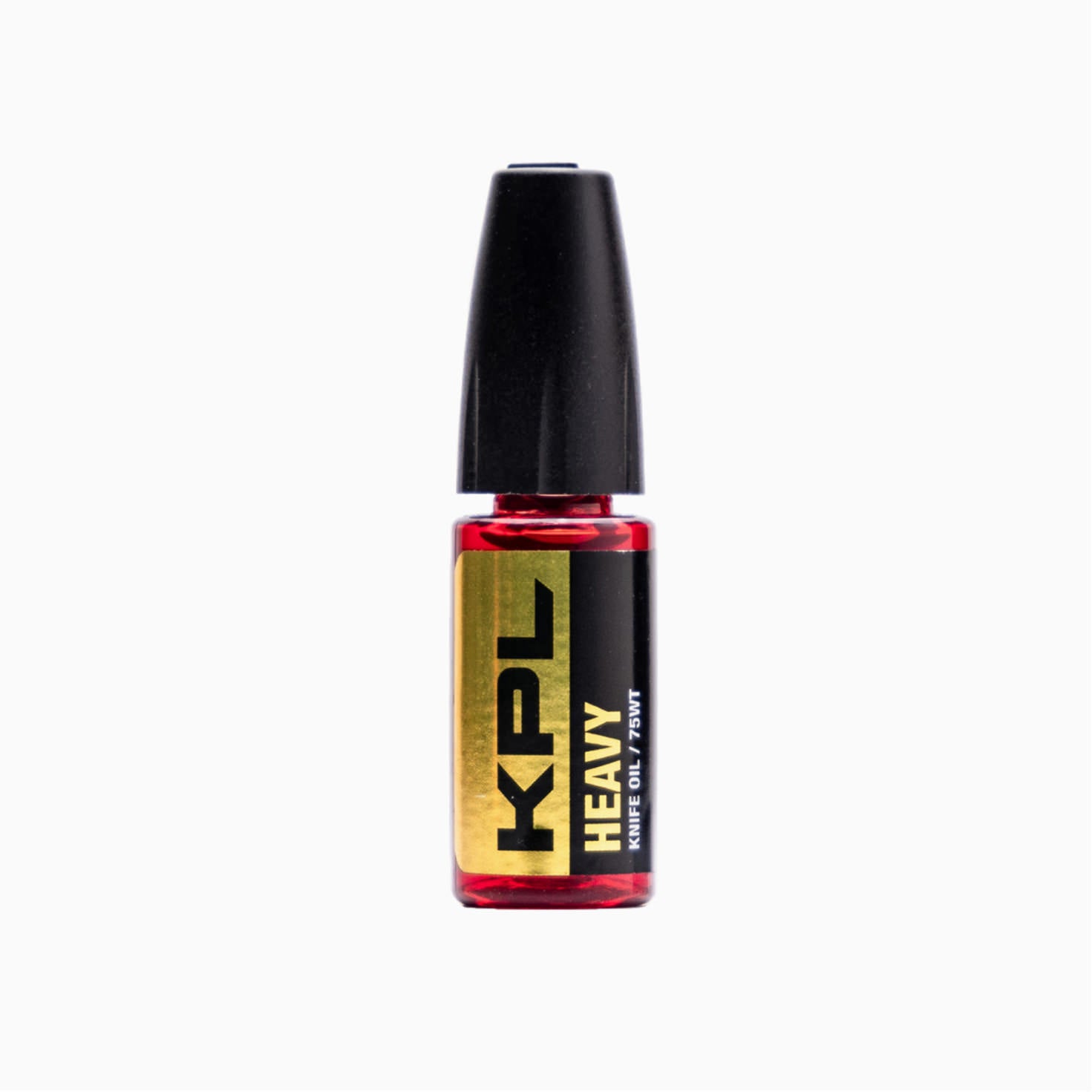
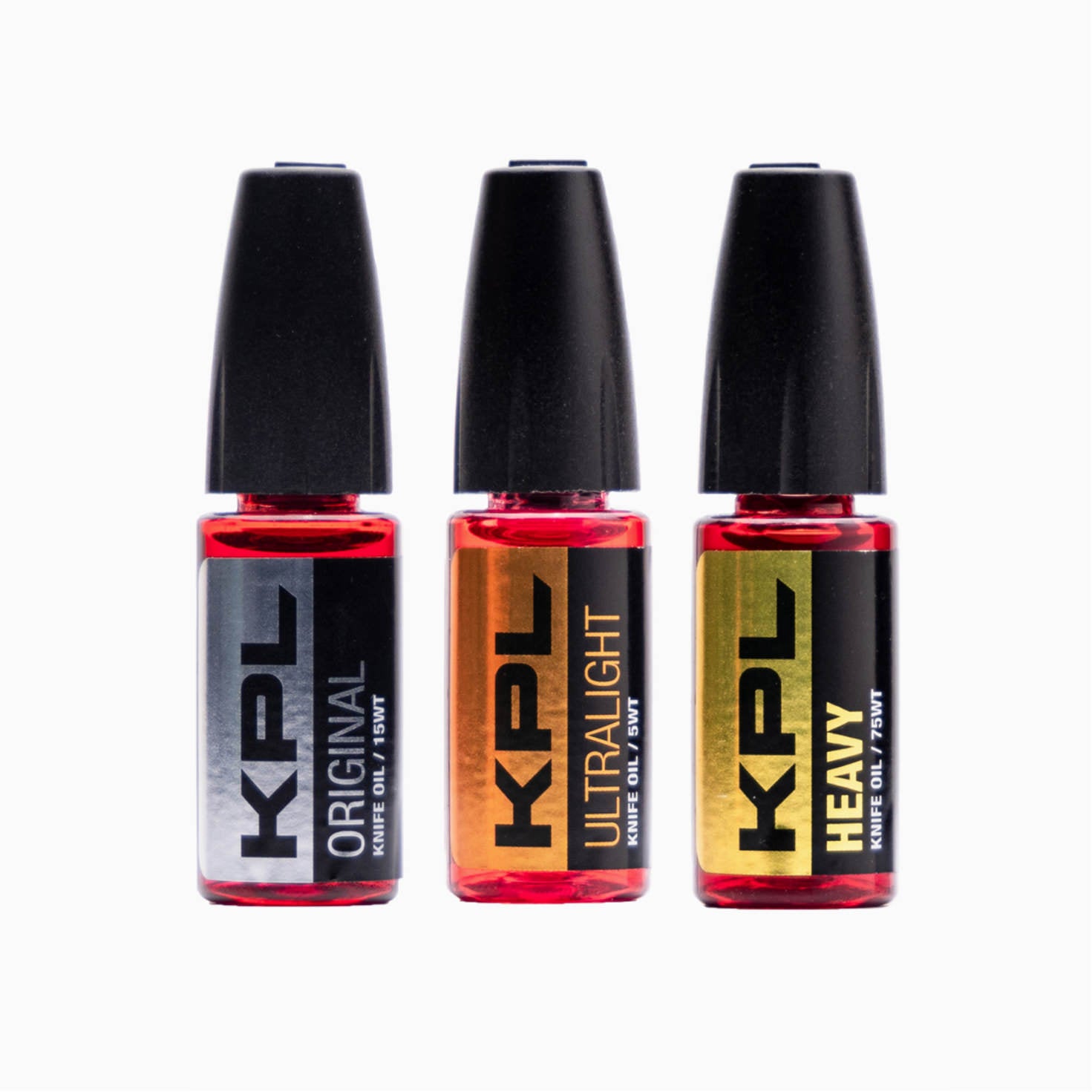
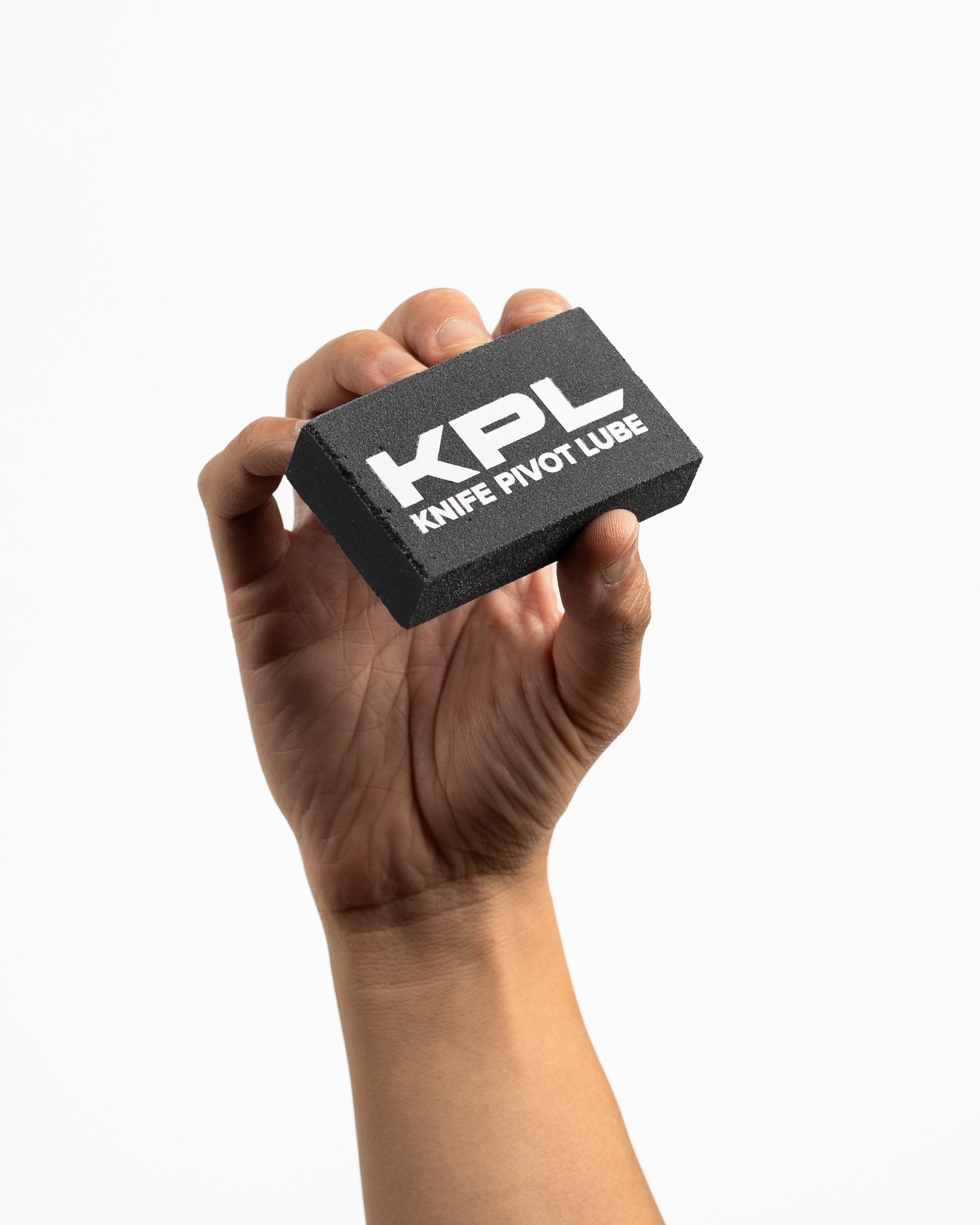
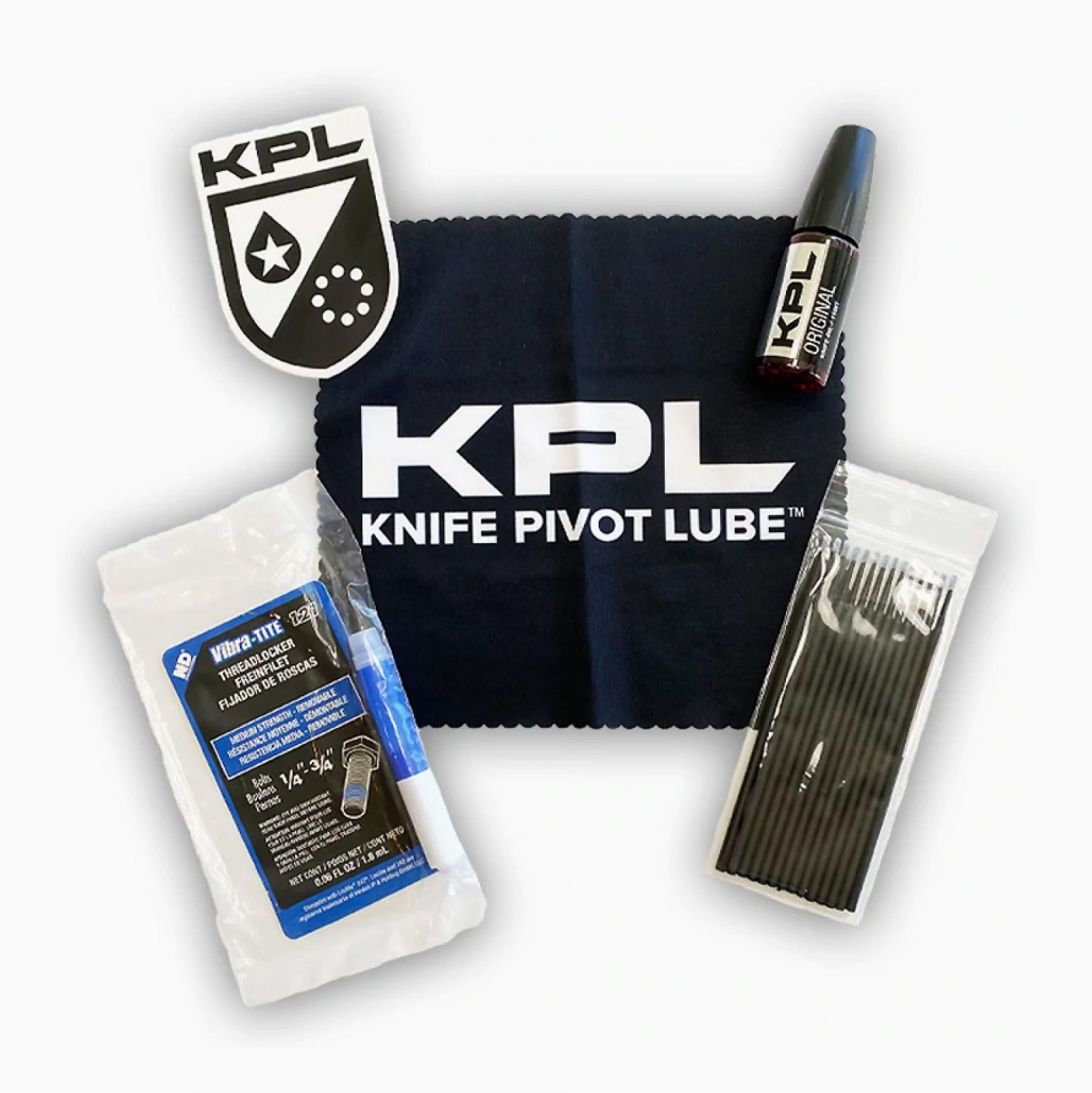
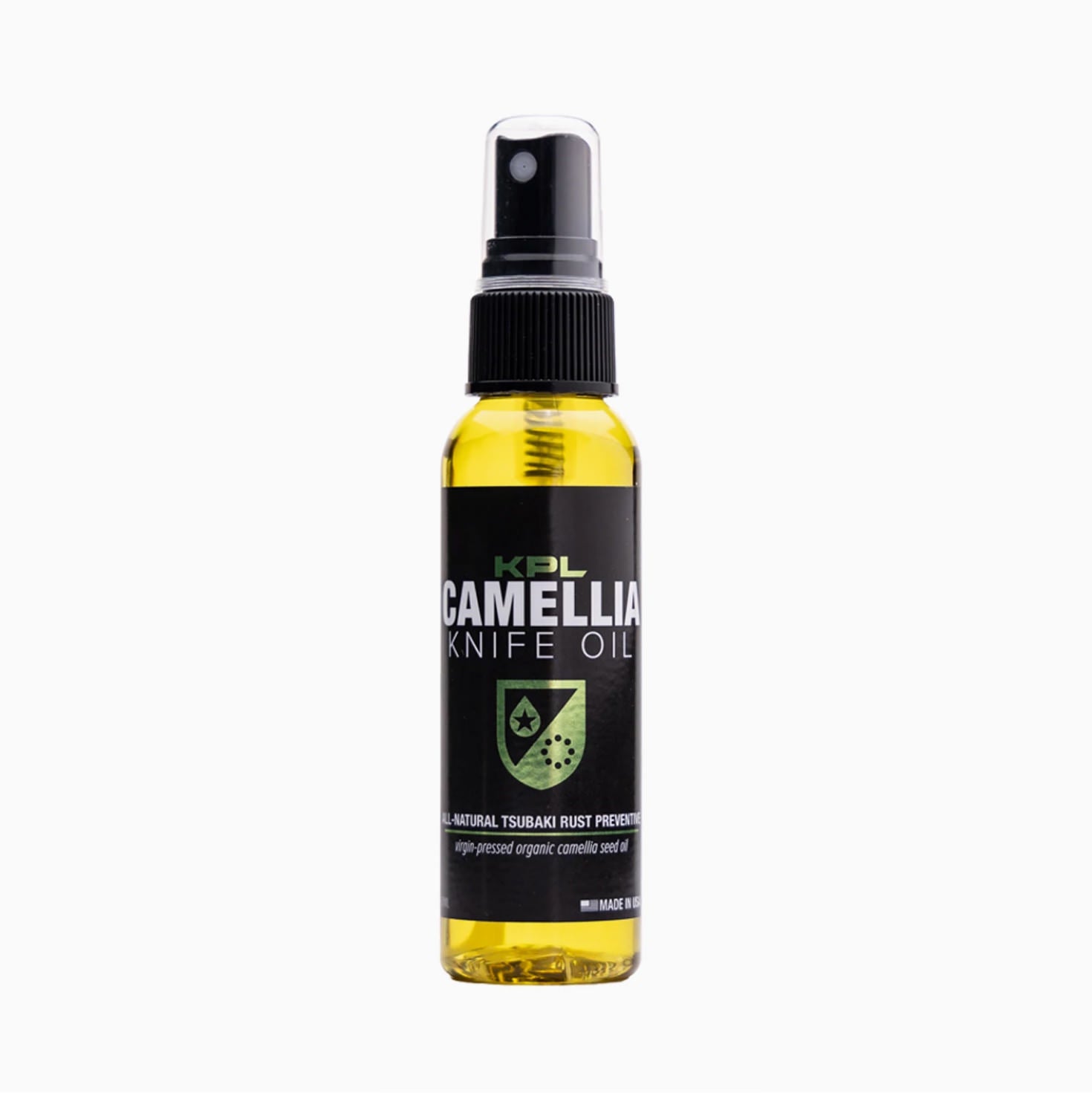


Comments
P. E. Wyatt said:
I have purchased two ‘’ SOG" , AUTOMATIC KNIVES…THEY ARE BOTH VERY, VERY GOOD LOOKING KNIVES , AND ,ALTHOUGH I have "Bigger Knives " , but nothing as well made.
Whatever your thinking is, this knife is for life!!!It will stand the test of time , and will always take care of any scenario that you may have to put it through…it is a knife you’ll pass down to your grand son, (or grand daughter,) it is like a highly specialized item to have it at you beck-n-call knife….it won’t ever let you down…
P. E. Wyatt said:
I have purchased two ‘’ SOG" , AUTOMATIC KNIVES…THEY ARE BOTH VERY, VERY GOOD LOOKING KNIVES , AND ,ALTHOUGH I have "Bigger Knives " , but nothing as well made.
Whatever your thinking is, this knife is for life!!!It will stand the test of time , and will always take care of any scenario that you may have to put it through…it is a knife you’ll pass down to your grand son, (or grand daughter,) it is like a highly specialized item to have it at you beck-n-call knife….it won’t ever let you down…